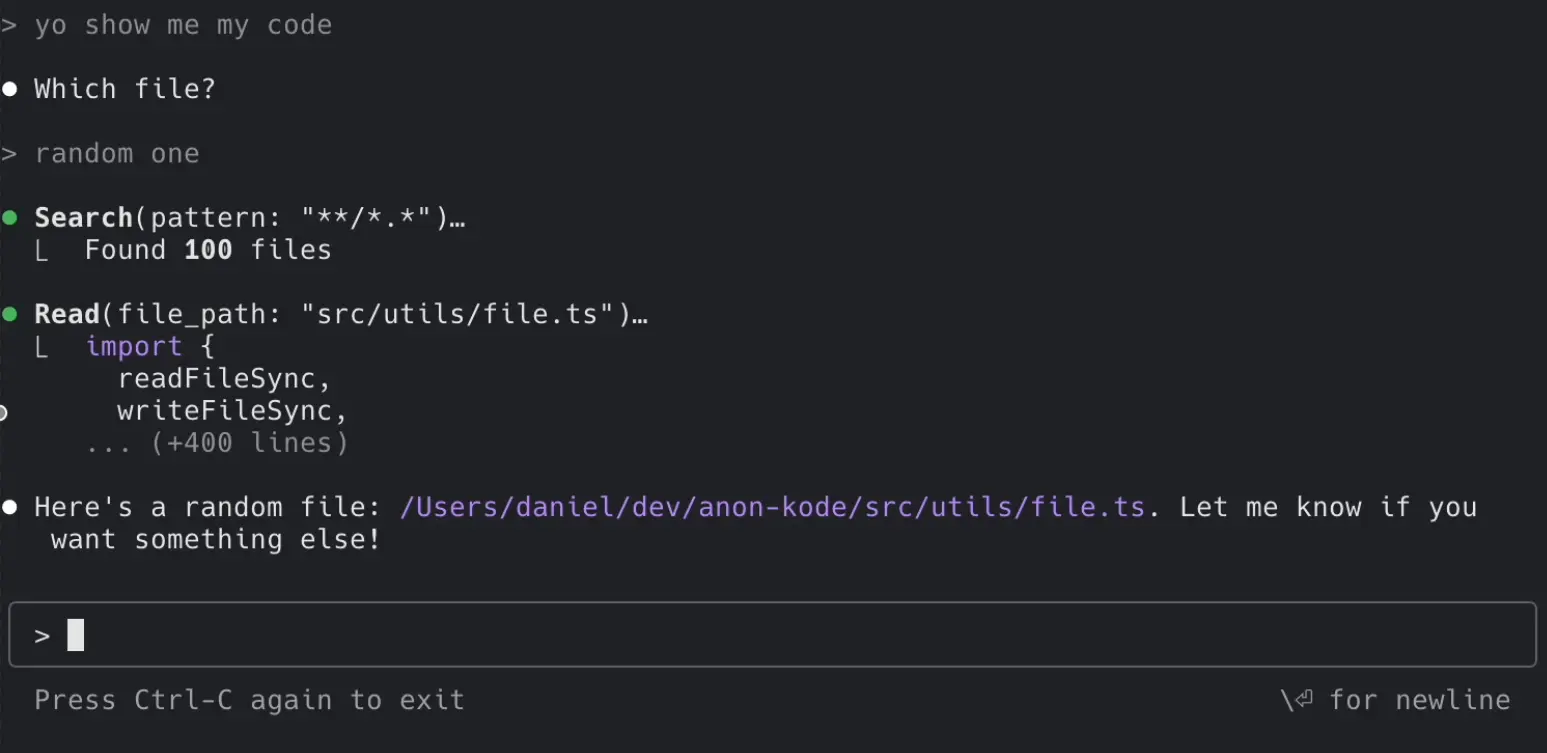Command-Line AI Tools Transform Development: Streamline Coding with Terminal Assistants Today

Command-Line AI Coding Assistants Are Taking Over: How Terminal Tools Are Redefining Development
In a major development for programming professionals, artificial intelligence assistants are now being woven directly into the fabric of command-line workflows. Recent releases such as Claude Code, Gemini CLI, and CLI Codex provide developers with the unique ability to consult advanced language models within their terminal sessions, allowing for direct interaction not just with codebases, but with the operating system itself. This trend marks a pivotal transformation in the toolsets relied upon by software engineers, with industry observers anticipating that the vast majority of AI model interactions in development could soon happen at the command line.
The origins of this transition can be traced to the quest for greater efficiency and integration within coding environments. Initially, AI companions emerged in graphical editors, supplementing code completion and refactoring within the IDE. However, the command line remains the most direct and versatile interface for interacting with varied development tools, system operations, networking, and infrastructure scripts. By elevating the terminal to a first-class venue for natural-language-driven problem solving, these new AI tools have aligned machine assistance with the heart of development work. The arrival of command-line AI agents from industry leaders—each tailored to different user needs and privacy preferences—signals more than just a shift in user interface. It represents a reimagining of how work is distributed between human and machine, as agents move beyond code generation into the realm of environment inspection, systems automation, and real-time debugging.
What sets this wave of terminal-focused AI agents apart is their unmatched context awareness and operational reach. Unlike their predecessors limited to static code analysis, these assistants can perform comprehensive inspections not just of code files, but also of configuration states, system logs, and active processes. In practical terms, this means AI can help uncover subtle misconfigurations, analyze live environment issues, and propose actionable fixes based on real runtime data. For example, when confronted with a failing deployment or a cryptic bug, developers can now enlist AI assistance to parse log outputs, validate functionality, and even generate or suggest lambdas and shell scripts that directly address emergent issues. Benchmarks such as Terminal-Bench demonstrate how these agents collaborate with developers in solving real-world problems: they tackle open source bug reports, resolve integration pain points, and streamline the critical handoff between writing code and ensuring it works as intended in production environments.
Efficiency gains are already being felt, particularly as these tools begin to offload routine coding chores and infrastructure operations. While no tool yet replaces the full spectrum of human expertise, their capacity to automate repetitive editing, generate test suites, and validate code against live systems is reshaping standard development practices. The emergence of new frameworks that let users customize and chain these AI-based workflows—through extensible agent protocols and open-source contributions—points toward a future where development is driven by modular, intelligent helpers tailored to individual and team workflows. This evolution bolsters not only speed and productivity but also access, inviting more developers to harness advanced machine intelligence without stepping outside their preferred toolchain.
As adoption accelerates, the command-line ecosystem stands poised to become the central stage for AI-augmented coding, dramatically expanding what developers can accomplish with a few keystrokes. With these innovations, the line between writing software and operating software is fading, as AI agents become indispensable collaborators at every step of the development lifecycle.
Image credit: Fotis Fotopoulos / Unsplash
